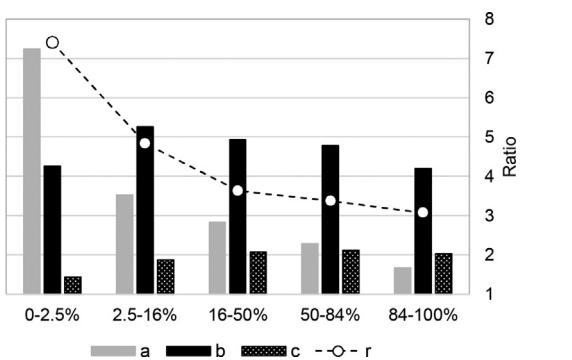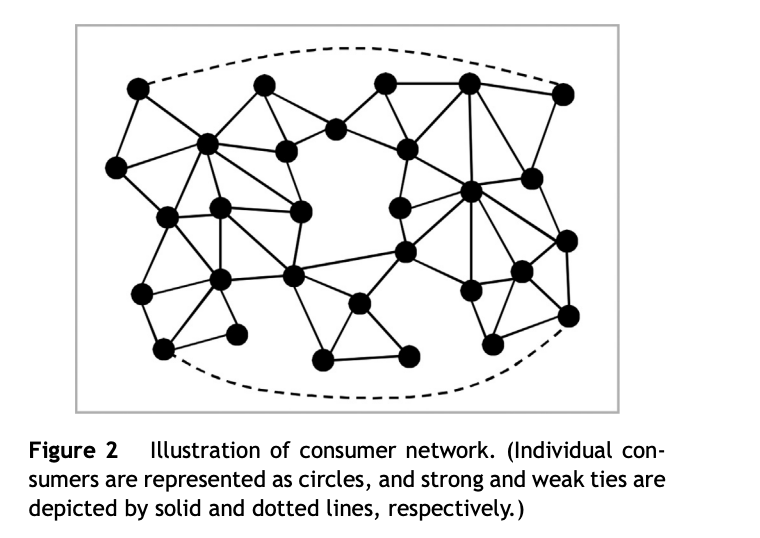Before talking about the paper, let me ask you a question: Have you ever formed a hobby because of your close friends? For example, I started doing sports, playing League of Legends, using Gmail, and so on because the classmates around me were doing so.
Weak ties are more potent in many real-life applications because weak ties can disseminate brand new information more effectively while the information circulating within strong-tie relationships is often redundant.
In the paper, Strong ties versus weak ties in word-of-mouth marketing, the authors suggest that weak ties are overestimated because of its structural advantages over strong ties. There is growing evidence to show that the closed triadic relationship is a more predominant factor that promotes consumers to purchase products. This paper compares the importance of three types of marketing activities: advertising, word-of-mouth of strong ties, and word-of-mouth of weak ties. And it is mainly focusing on comparing the two interpersonal ones.

The researchers conducted a simulation called agent-based modeling (ABM) to prove their hypothesis that strong ties have more aggregate impact than weak ties on the spread of word-of-mouth, which promotes sales. And the figure above is the bar graph of this experiment, that divides the process into 5-stages: 0- 2.5%, 2.5-16%, 16-50%, 50-84%, and 84-100% of the market being reached, where a, b, c, r represents the impact of advertising, strong-tie word-of-mouth, weak-tie word-of-mouth, and r is the ratio between b and c. This graph shows that advertising plays a vital role in driving product growth at the initial stage (0-2.5%). Starting from the second phase, word-of-mouth of strong ties becomes the primary driver of the product growth while advertising experiences a dramatic decrease in promoting sales. Although the impact of weak-tie word-of-mouth is increasing, it is still much less influential than strong-tie word-of-mouth.

This experiment challenges the widely-accepted idea of “weak-tie versus strong-tie,” but it is limited to interpersonal ties. The authors argue that the importance of weak-tie word-of-mouth is sabotaged heavily by firms that advertise their products because advertising and weak interpersonal ties share the same ability to disseminate information globally, but advertising is more powerful than weak-tie word-of-mouth at spreading messages. The writers also bring in the findings from other papers, which suggests that word-of-mouth is seven times more effective than newspapers and magazines, four times more effective than personal selling, and twice as effective as radio advertising in influencing consumers to switch brands. Combining with the truism that people are more likely to buy a product because of the introduction of close friends than the introduction of acquaintances, it is obvious to see that strong-ties can play an essential role in marketing.
References: